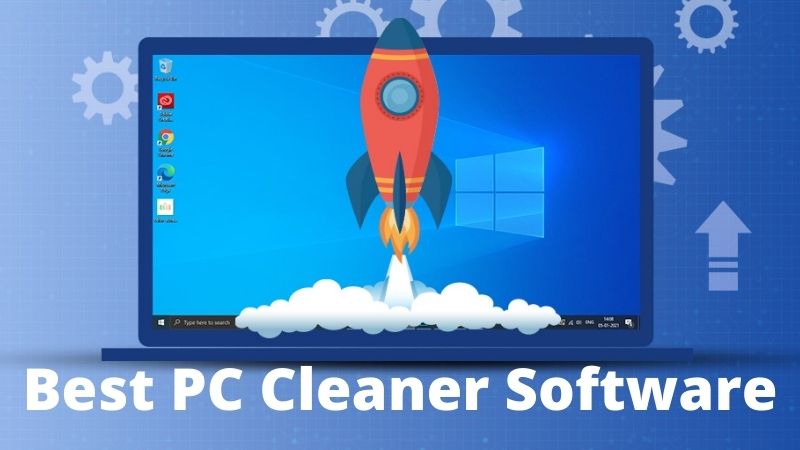The term architecture means constructing or design something. Software architecture is the designing and creating of the software according to the organizational needs and wants. Software architecture plays an important role in the functioning and efficiency of the software.
Like the architecture of a house, software architecture requires proper planning and execution strategies. It needs to have a strong base, pillars, structures, and beauty. General solutions and software cannot reach your unique business expectations. Custom software is required to achieve business goals at large levels.
Software architecture
Software architecture is not a simple task to do. It requires an in-depth analysis of business goals and objectives, weaknesses and strengths, and most importantly, market and competitor analysis. After proper research, a solid plan and strategy are necessary to reach the software goals.
To plan and build the right custom software, offshore companies provide software architecture consulting and IT software audit services. Auditing the custom software is necessary to analyze the risks and benefits of the developed software. Through IT auditing, up-gradation and maintenance plan is made and followed that gives the business its wings.
Types of software architecture
The evolution of technology has changed the old ways with new and remarkable ones. Technology has introduced the strategies and features to take the business and society to whole new levels. There is a diverse pool of choices now. System architectures lead to the route of new and unique features.
Following are the main types of software architecture:
Client-server architecture
Client-server architecture is a two-tier architecture. It runs on the servers and its features are approachable to the client. The two-tier architecture requires a little attention here.
There are layers of codes in the software separated from each other. The physical implementation of these layers of codes is called a tier. Two-tier architecture thus means the formation of two layers in the system. One layer is the presentation layer, and the other one is the data layer. Separating these layers makes up a two-tier architecture system.
In a client-server architecture, the presentation layer is run on the client-side systems while the data layer is run on the server.
Domain-driven architecture
Domain-driven architecture is also known as domain-driven design. It is famous for the enterprise applications because of its capabilities to solve business problems and execute the proper business plan. Domain refers to a sphere of knowledge. Domain-driven architecture follows the designed domain model rather than following technological trends. It creates a solution based on requirements and focuses on core notions like entities, value creation, anti-corruption layer, and many other contexts.
Microservices architecture
In past years, applications were built and connected in the form of codec layers. Different teams focus and work for different application layers but focus on producing a single product at the end. It saved time, and it was easy to test and develop the product this way. This method is known as monolithic architecture and contains many drawbacks. When the application grew, it started to cause complexities in the system, and it became difficult to follow and check the codes.
Thus a new alternative method was introduced as known as microservices architecture. It consists of small databases responsible for different functionalities. Every database is separate from each other to avoid decoupling problems. Microservices architecture is best for performing small tasks efficiently.
Service-oriented architecture
As the name indicates, the software focuses on the services and provides the user with plug-n-play conditions. These services are interconnected, and any other application can access them. Users do not have to run a thorough integration process every time they have to use the same service twice because these are reusable.
An example of a service-oriented architecture is APIs and website services. These are accessible anywhere and anytime. Employees or users use it independent of any other system or technology. It is the best system to go for to develop business coordination.
Conclusion
All the mentioned software architectures are fit for some business systems and not fit for others. Every architecture type has its benefits and limitations. Look for the perfect one matching your business goals and requirements. Custom software solutions are also an option to develop a new type and good fit for your enterprise.




